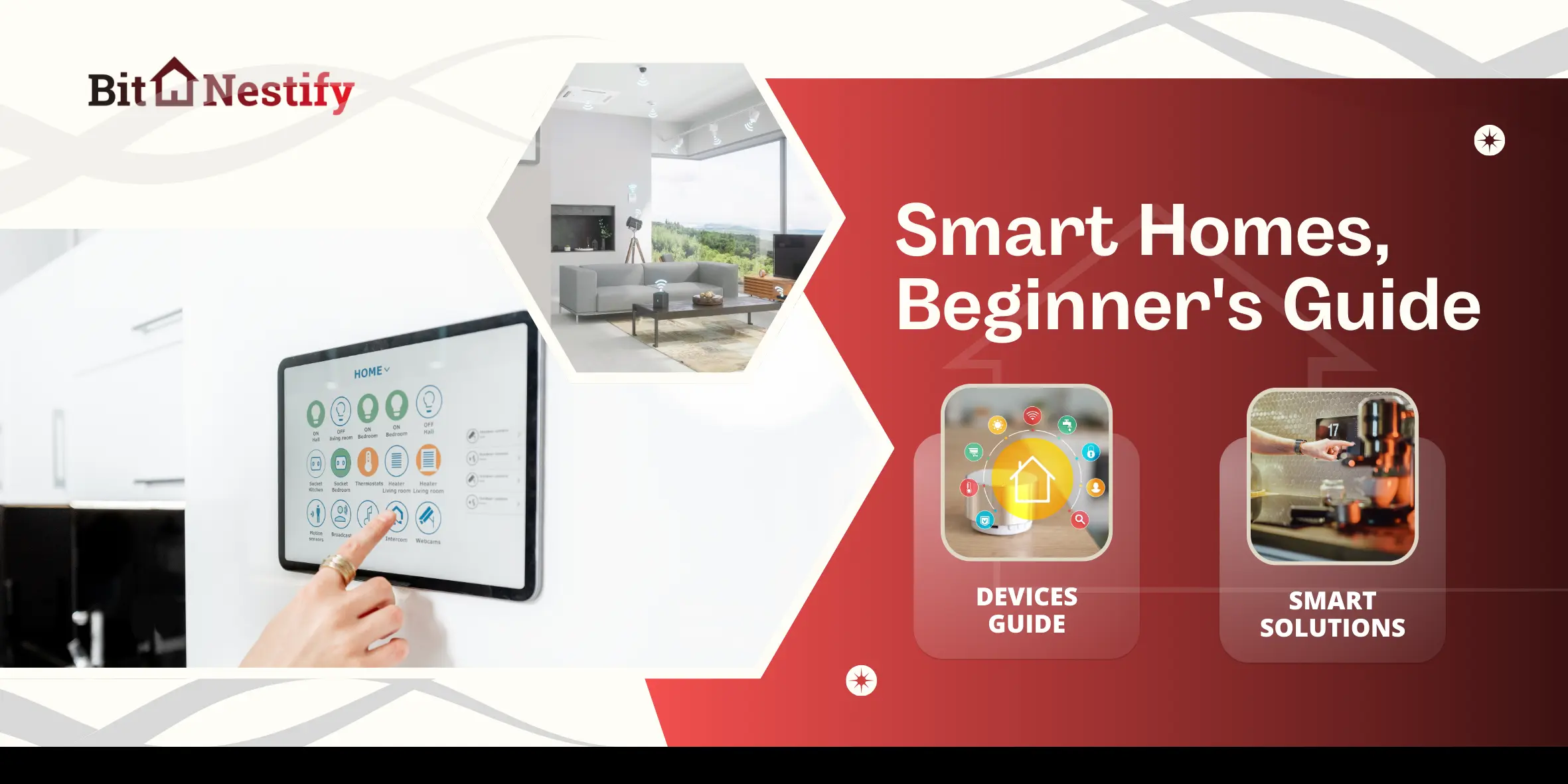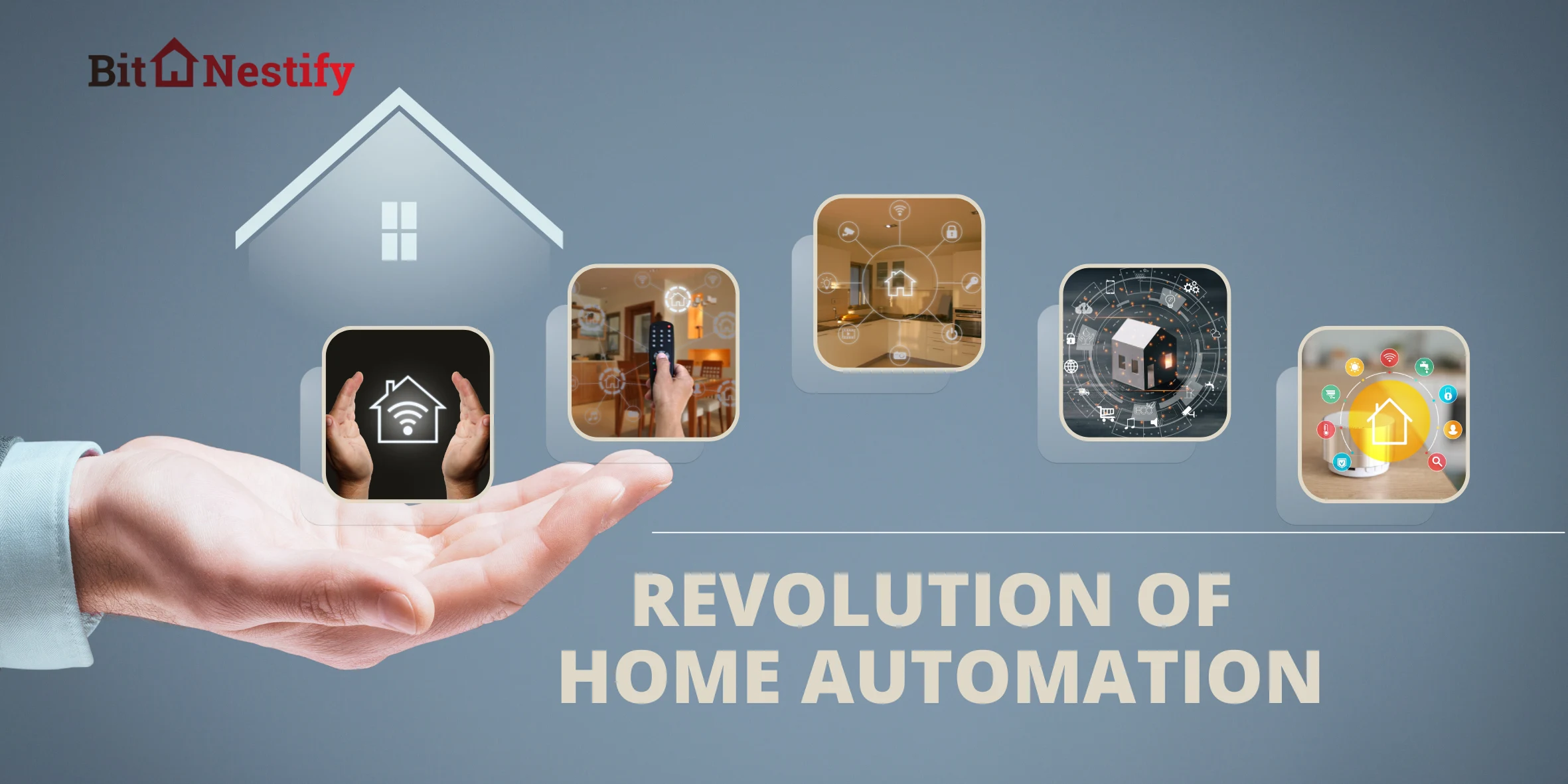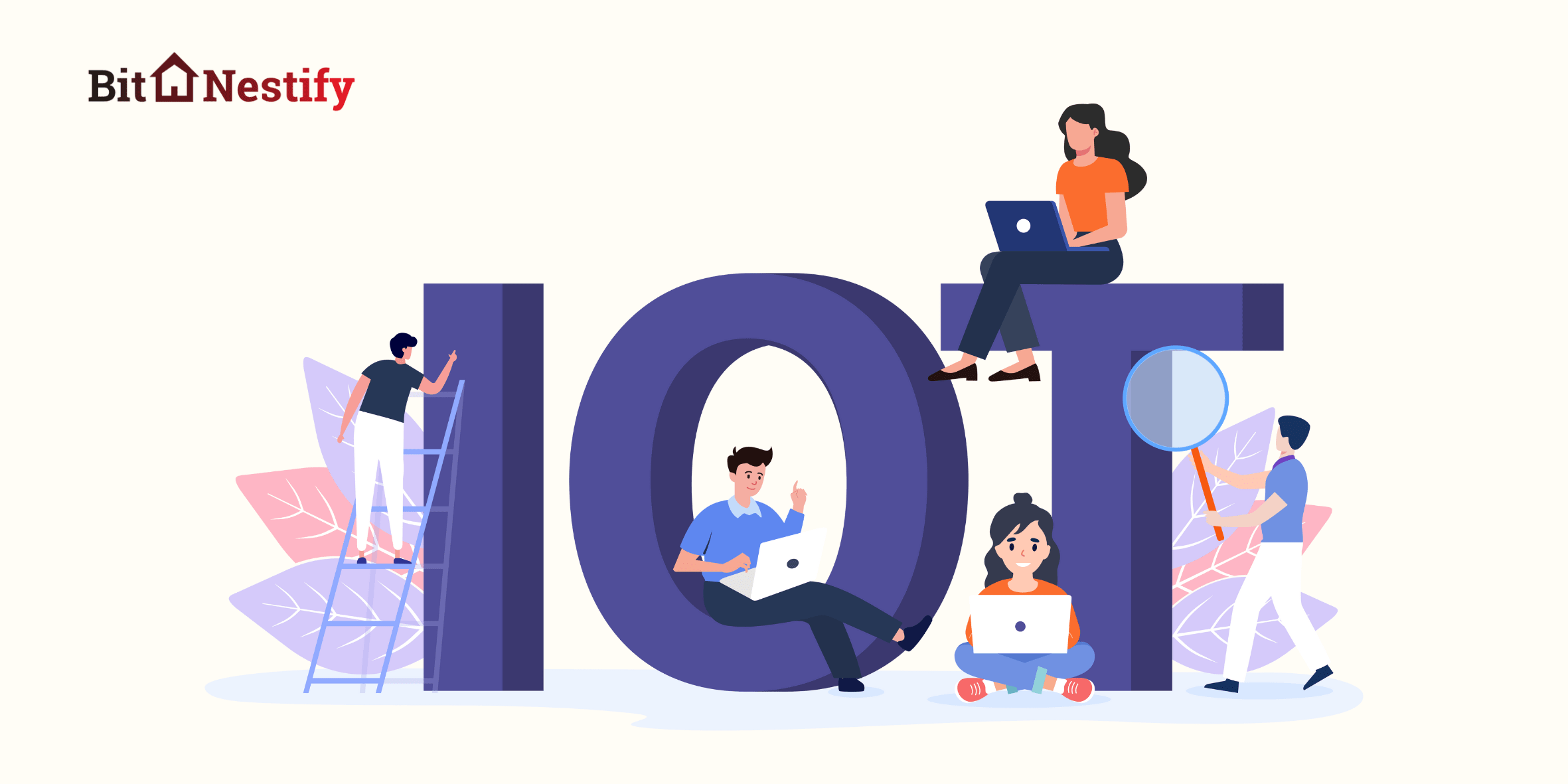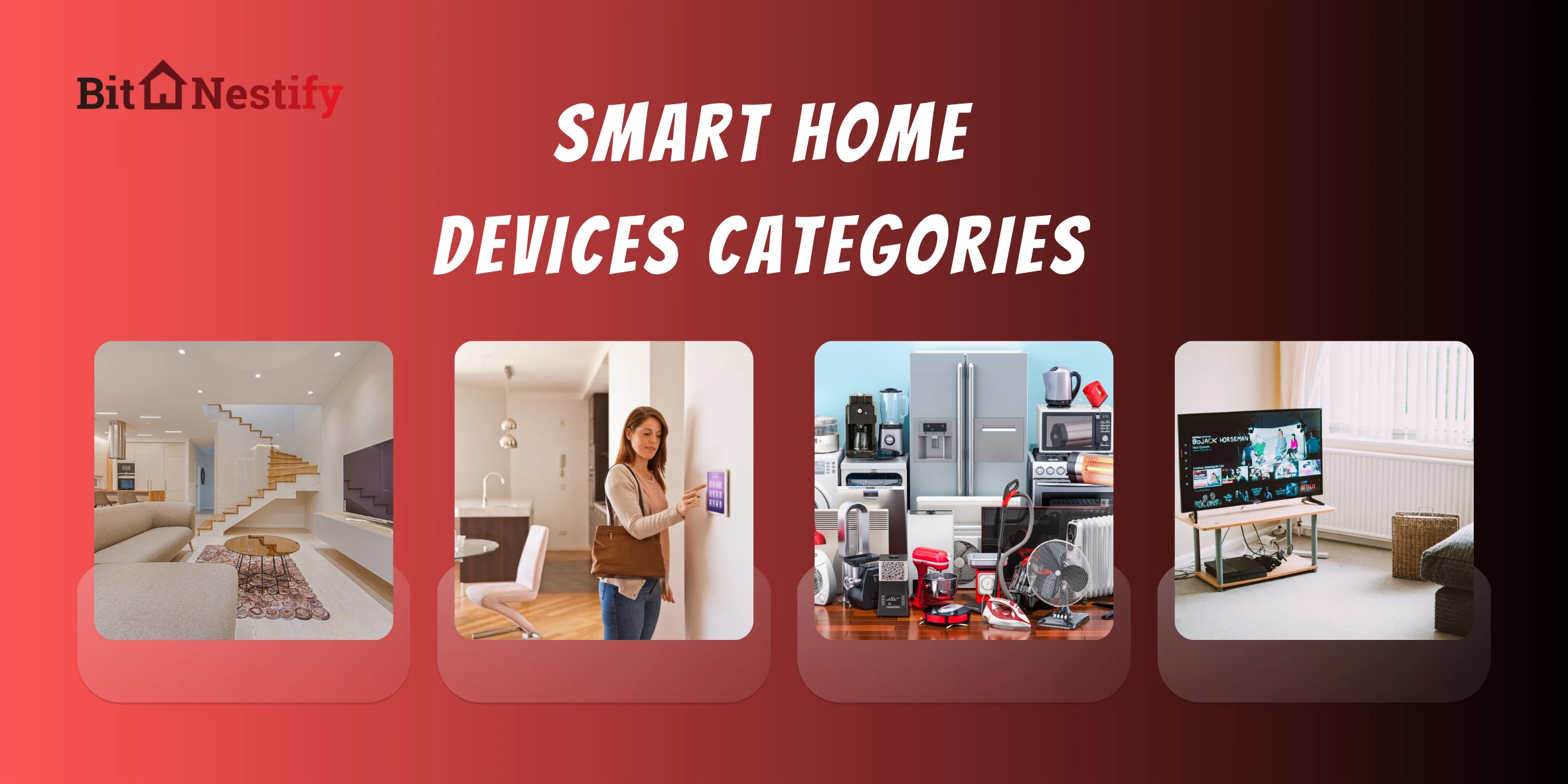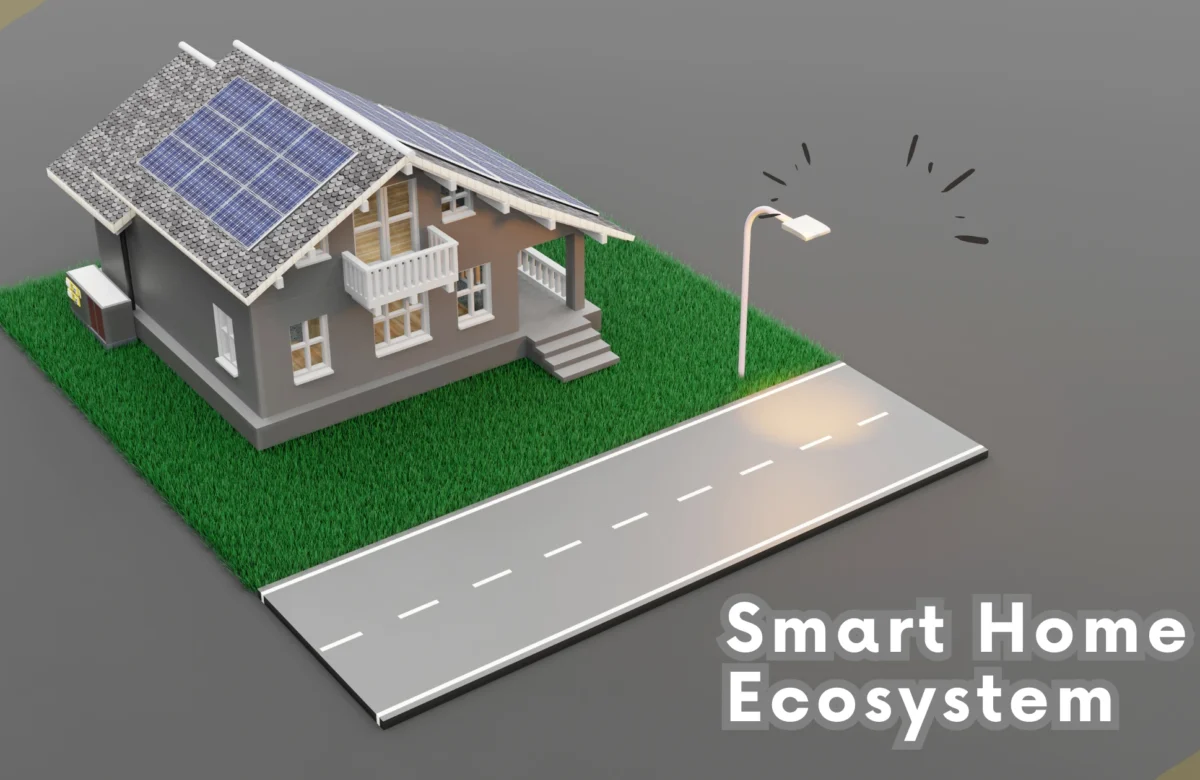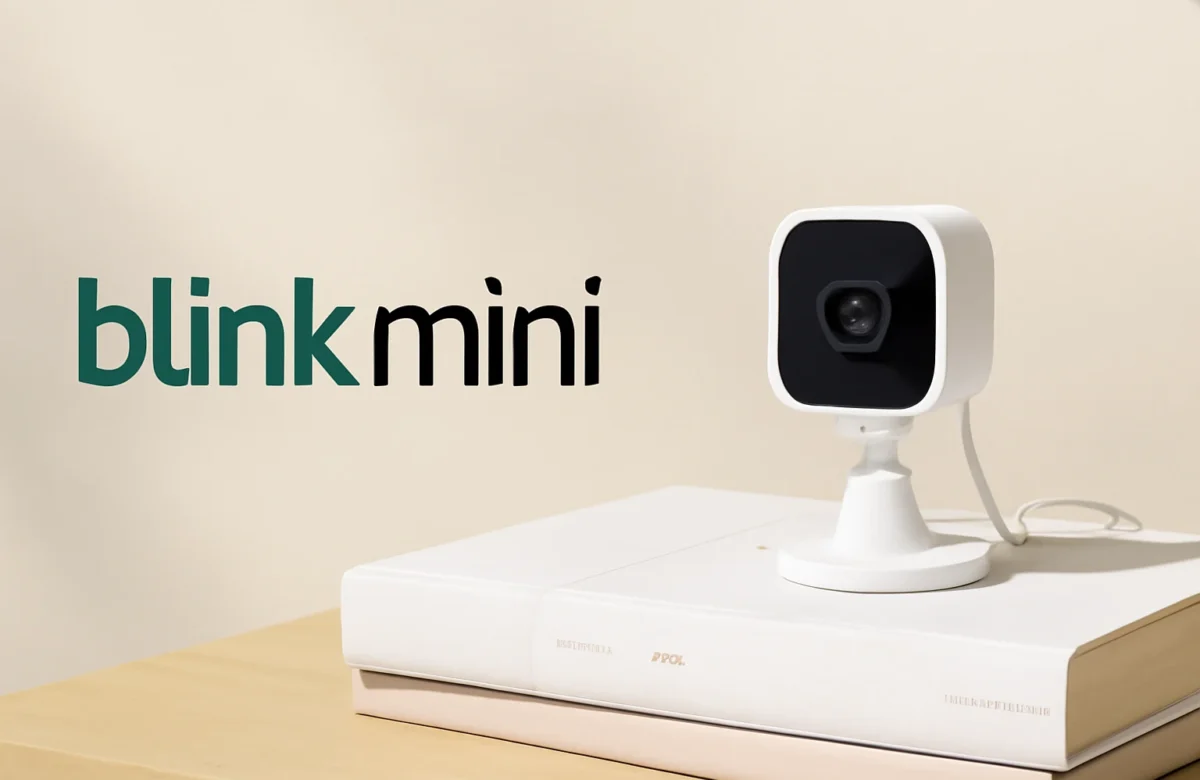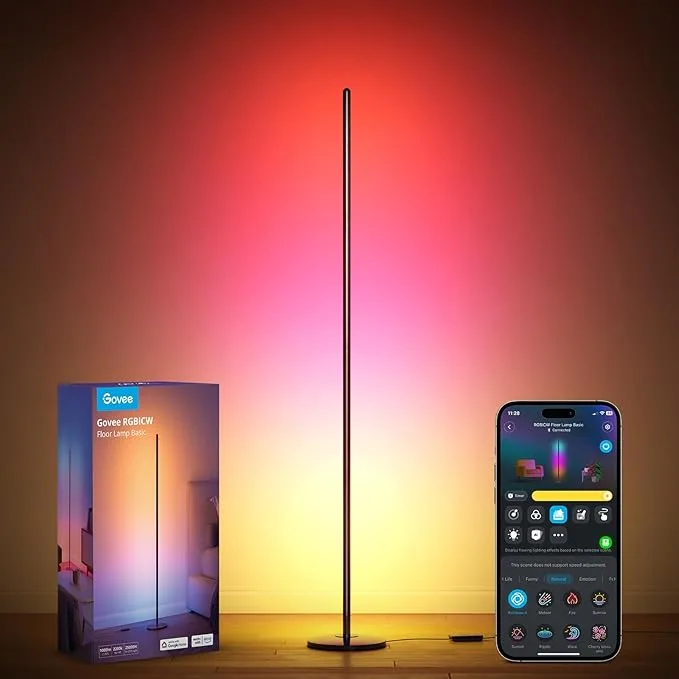Smart Home Technology: Ultimate Beginner’s Guide
- May 20, 2025
- No Comment
- 161
Smart Home Technology: Ultimate Beginner’s Guide!!!
Greetings, welcome to today’s discussion and the first stop to your further knowledge about smart home technology. This sector involves devices and household appliances that talk to each other, with you, and even with the world outside your home.
Smart home technology is just one part of the IoT that is a global trend. IoT means setting up things in the world to connect to the internet and interact with each other by sending and receiving data.
The essence of smart home technology is that things at home are given the ability to learn from human behavior and change their state without human intervention. This can be made possible through the ability of ordinary devices to communicate with each other and to interact with humans.
Of course, an important issue arises here. How does it exactly work? And what are the first steps that you might consider to change your living space into a smart home?
This ebook is a natural progression in introducing smart home technology to the reader who is just starting out in the IoT field and is new to it.
We will go through the basics of home automation to history to the types of smart home devices that are currently available and to the benefits and challenges of smart home technology. The purpose of this guide is to inform readers about smart home technology through the various stages of home economics including its applications, the benefits, and the drawbacks.
When you get to the end of this guide, you will know a lot about the latest smart home technology and will be poised to move into this new era of home living. Let’s just start.
What is Smart Home Technology?
Smart home technology is actually a variety of different devices and systems that rely on different components and together form the network. The command of most of these smart devices can be done remotely, usually by the means of mobile applications on your phone or voice commands.
That said, to the core, it can be claimed that smart home technology is mostly focused on the convenience and effectiveness of everyday living. It solves the problems of manual work and allows people to schedule and plan the activities they wish to perform.
Just imagine when the room is lightened just upon your entry! This small example shows one of the countless home automation abilities.
The main characteristics of smart homes are:
- Remote Control: Access all the devices remotely by using a smartphone or a tablet.
- Automation: Automate tasks like turning off/on lights or changing temperature.
- Integration: Unite disparate systems, e.g. security and entertainment, to function as a single unit or whole.
Smart home technology is propelled by the Internet of Things (IoT), a system that allows devices to be interconnected. With the help of this interconnectivity, everything, from refrigerators to thermostats, becomes smart and, therefore, able to work in a household in a cohesive way.
Furthermore, smart home systems not only can learn your routines and liking but also custom-tune according to the changes, thereby reducing waste and promoting comfort. Thus, smart home technology is not just about a smart refrigerator, but it’s about having a smart refrigerator that knows your favorite flavor of ice cream and can order anytime when you are out at the store–now that is cool.
For example, a smart thermostat can easily learn the temperature which is best for you and it can turn down the thermostat to save energy as time to leave home approaches. This new state of affairs is advantageous to the consumer since the change has an extra dimension of energy savings in addition to the greater convenience in the surroundings.
To sum up, Smart home technology is all about utilizing the power of connectivity and automation to make life much simpler and efficient, thus creating a lot of new exciting opportunities for our everyday lives.
The Revolution of Home Automation
Home automation has a long history of development from its inception. Earlier, these systems were a privilege only the richer could afford. They were operated by the complex wire-based technology that was not only inconvenient and difficult for the owners to maintain engineers’ help but was also relatively expensive.
Throughout the years, the development of technology has opened the door to a wider consumer group for home automation. The change from wired to wireless systems was groundbreaking and led to a significant decrease in costs and simplicity.
Smartphones and Wi-Fi became the forerunners of home automation, ushering in the era of connected living. The task of managing devices was suddenly transformed into a matter of a few taps on a screen from anywhere in the world.
Nowadays, home automation has jumped on the Internet of Things (IoT) bandwagon, connecting people and things. Smart home gadgets have become an integral part of our daily lives, offering services that switch from simple home lighting schedules to multi-functional security systems.
This transition means that home automation is going to be no more a luxury but a practical solution that is a part of the modern society. The future holds even more innovative and dynamic home solutions thanks to the continuous advancements in the field.
Internet of Things (IoT) Explained
The Internet of Things, shortened as IoT, lies at the core of smart home technology. It denotes a cluster of interconnected devices that transmit and receive data.
These devices can range from typical household appliances to intricate home systems. By means of the IoT, these devices operate together, offering a user-friendly and comfortable living environment.
IoT empowers your smart home in the way that it can predict your needs and adapt settings instantly. As an illustration, a smart thermostat can regulate the temperature by studying the weather conditions and your preferences.
Thanks to IoT, it is not only possible to save energy in a smart home, but you can also attain convenience. This interconnected ecosystem is capable of turning any simple home into a smart one, which can easily meet various conditions and satisfy individual needs at the same time, and thus radically redefining the way we live.
Smart Home Devices Categories
The types of smart home devices are diversified, each has its own use case. Having knowledge about these categories are beneficial in building an integrated smart home system.
The main category is the lights equipped with technology, allowing the possibility of controlling the home’s light, etc. Apart from that, they also facilitate dimming and color-changing among the main benefits of these lights.
One of the popular types is smart security devices which help in providing more secure and more private ways of living. Video doorbells, door locks with built-in technology, and cameras are some examples. It is clear that these devices not only guard your house but also give you peace of mind.
Other items or smart appliances are the ones we think of when today’s tasks are made simpler, especially when their use is made more efficient. As a matter of fact, the next-generation intelligent fridges, ovens, and washing machines are the most likely picks for most household appliances.
Bringing a truly powerful nightclub sound to your living room is one of the more exciting benefits of the current smart entertainment trend. TV and speakers become intelligent and personalized based on the owner’s usage.
Below is a selection of the smartest home device categories we need:
- Smart lighting: bulbs, switches, and dimmers
- Smart security: cameras, locks, and alarms
- Smart appliances: fridges, ovens, and washers
- Smart entertainment: TVs, speakers, and sound systems
Finally, smart climate control devices, such as thermostats and fans, make sure that energy and comfort are optimized. The settings of these devices will be adjusted according to your lifestyle and living habits. Owing to the variety of options available, smart home construction offers a new drive to the homeowner.
Advantages of Smart Home Technology
The smart home technology is one stop solution to get numerous advantages in life.
For me, convenience is the most convincing benefit of a smart home. I can even turn some tasks smart, so they are done automatically and are easier to handle. Your home can be input from a distance with the help of a smartphone or voice-activated devices.
Furthermore, devices with the ability to approve to smart home energy usage and lights that are capable of lighting up the place when not necessary, are energy-saving products. They can automatically adjust their settings according to your usage behavior, thereby cutting both energy and financial costs.
It is also evident that home safety gets a big boost with smartphone-assisted gadgetry. Innovations such as smart door locks and cameras provide not only surveillance measures but also security systems that are “tamper-proof“.
Besides, these new gadgets not only can be used to save energy, but are also quite helpful in organizing the use of the resources available.
Some more benefits are:
- Convenience: It takes up all routine tasks.
- Energy efficiency: It depends on your usage, and can save you not only electricity but also money.
- Security: It will give you the best protection for your home.
- Sustainability: Eco-friendly, and responsible resource usage
Besides, smart home technology can make a difference in everyday life by changing in line with your daily activities. Get the right knowledge on the topic by learning also about how well do you understand teacher leadership?
Smart Home Devices Control
It’s never been easier – that’s the beauty of smart home devices. New technology has made it convenient for the users so that they can have control over everything from one place. A dedicated app or the user’s own phone delivers the user’s ability to manage and change the settings of their devices, no matter where they are.
Voice assistants, such as Amazon Alexa and Google Assistant, also make this process simpler. You don’t have to type as you can directly communicate your orders. Such a hands-free method is a perfect choice for people with busy schedules and for a variety of situations where time is of the essence.
Moreover, automation is an additional feature of convenience.
You can schedule or switch operations based on your location or time of the day. This not only improves the ease of use but also gets the best out of it when it comes to the device’s functionality.
Compatibility and Interoperability
The question of compatibility has a significant impact on the successful creation of the smart home environment. Devices that don’t work together well, from different brands, cause a lot of trouble in the entire system. If you make sure that everything is compatible, you can be sure that your smart devices make your life easier by working in harmony.
Interoperability deals with how different smart home systems are connected. Some of the well-established smart home control platforms like Amazon Alexa and Google Assistant and Apple HomeKit can be used with a large number of appliances and devices. Stick to the name of the company on the product labels to see if your smart home system is compatible and avoid potential problems.
When it comes to home automation the success of it is heavily depended on these issues. And if there is proper compatibility and interoperability, those routines can become a lot more effective and way less stressful for you. These are the factors you should think about first when picking up any new smart home devices.
Popular Smart Home Ecosystems
Today there is a wide range of smart home ecosystems, each having its own benefits and features. The leading position in the smart home market is held by Amazon Alexa, Google Assistant, and Apple HomeKit, which give users the comfort to control as many as hundreds of different devices. Besides, voice commands, automation, and integration are also the services available.
When selecting an ecosystem, it is important to bear in mind the devices you are using now or planning to buy. Not all ecosystems are compatible with all the brands or types of devices. Check first if your most preferred ecosystem is compatible with your desired features and brands so that it can operate at its best.
For example, Amazon Alexa has a lot of compatible devices, but Google Assistant has a lot of integration with Google services. Apple HomeKit, however, is unique in that it focuses on security and privacy. Survey yourself and learn about each ecosystem to determine which one is the most suitable for your lifestyle.
The Smart Home Hub: Centralizing Control
A smart home hub is the nerve center of your smart home system. It functions as the central controller, bridging the gap between various parts of the system wirelessly. The hub allows you to interact with different devices through an interface that is common to all of them. This feature takes away the complexity of the operation and at the same time ensures the integrity of the communication amongst the devices.
Hubs are armed with a number of protocols, which is of great help in the struggle against incompatibility among various smart devices. So, whether it is a smartphone app you are using or the voice assistants like Alexa, the hub can still allow you smooth control. The process of picking the right hub engulfs issues like device compatibility and also your preferred control methods.
Security and Privacy in Smart Homes
As the number of smart homes is increasing day by day, security and privacy are the biggest concerns. With many gadgets connected to the network, protecting it is the major point of focus. Each smart device may be attacked and hence used as an entry point by those with bad intentions.
Encryption and strong passwords are the basics of securing your smart home. Make certain that the devices and the network use the latest standards of encryption regularly to ensure data safety. Apart from this, regularly updating passwords is yet another layer of protection which you can add.
Below you will discover some ways to make your smart home security even stronger:
- Use different and strong passwords for each of your devices.
- Regularly update your device firmware.
- Where possible, enable two-factor authentication.
- Keep track of the device activities from your network dashboard.
Privacy concerns go as far as devices collecting data on behalf of third parties. The data collected, among other things, takes the form of optimization towards the device’s operation, but through the manufacturers, it can be disclosed. By reading privacy policies, you get a clearer picture of data collection and the purpose of its usage.
Smart home technology is convenient but needs careful handling. Cover the updates first and then security settings. By gaining knowledge and paying attention, you can have a smart home that’s both secure and private.
Setting Up Your Smart Home: A Step-by-Step Guide
Getting started with your smart home could be both interesting and daunting. The first step is contemplating what your objectives are and what part of your home you want to automate. For example, it could be lighting, security, or climate control.
Moreover, investigate compatible smart home devices. As such, you need to be sure that they will meet your intended needs and are compatible with your selected ecosystem. Instead of impulsive buying, find time to read user reviews and make a comparison of their features.
First, to set up your place, make sure that your home network is properly working. The network’s many connected devices won’t run into any issues with a problem-free Wi-Fi service. As an option, if your house is spacious, look for range extenders to get more coverage, and be sure that they support all of your devices.
Ultimately, please take time to go through the setup of your devices. And with that, you will be able to build a structure of habits which can be automated. The most popular applications will enable you to connect your various devices and routinely run tasks for you. Lastly, adjust the settings on your devices in such a way they fit your lifestyle best, which ensures a personalized and convenient experience made by you completely.
Choosing the Right Smart Home Devices
When considering your next purchase, it’s crucial to make that choice wisely. Firstly, it’s important to be really clear about what you want and, at the same time, the money you are going to spend to make the wheel spin. You need to figure out what is the best for you and that decision will give you the power to be more precise when you are looking at the items which are on your list.
Find out whether the devices you’re deciding to buy have the same convenient connectivity with the existing ones you already have or you are planning to get into the smart home system. It is very important that all the devices can communicate perfectly – then the system will work seamlessly and be a lot of fun to use.
Now we would move to the physical aspect as well as the features of the devices. To begin with, it is a good idea to select those models that have high energy efficiency to lessen the power bill. Besides, products that have been given thumbs up from the users and have good customer support definitely will be the first choice to guarantee a cheerful experience.
The Future of Smart Home Technology
The future holds some very intriguing possibilities that will mushroom in the smart home domain. As artificial intelligence along with machine learning progresses, smart homes that adapt will become a reality. The result will be more effectual, personalized experiences.
Next-generation technologies like 5G and edge computing will amplify the connectedness. Speedy communication among gadgets will ensure the smart home experiences are smoother. This, in turn, will guarantee the joy of having the most advanced home automation systems.
Additionally, sustainability will become a very considerable part of the future of home technology. The renewable energy industry will see the dawn of smart homes as they shall become an effective partner in the renewable energy sector. People will be more likely to reduce their ecological footprint by using the electricity and gas exclusively generated by renewable sources and thus promote the concept of eco-friendly living.
Conclusion and Next Steps
Getting started with home automation can be daunting at the beginning. But if you have the right information and do careful planning, you will be able to convert your home into a smart one without really experiencing any difficulties.
First off, you will have to upgrade your knowledge of these gadgets and choose the ones that are compatible. Go slow and gradually add to your system. Keep in mind that the path to a smart home is as good as the place itself. Be patient and have fun on your journey as you start making adjustments and learning. Through each upgrade, you will be able to enhance your living experience and make your home future-proof.
Next Steps:
- Explore the Latest Smart Home Devices: Check out our recommended products for the best smart home devices on the market.
- Join Our Community: Stay updated with the latest trends and tips on smart home technology by subscribing to our newsletter.
Call-to-Action (CTA)
Are you ready to turn your home into a smart one? Shop smart home devices now and get started today!

